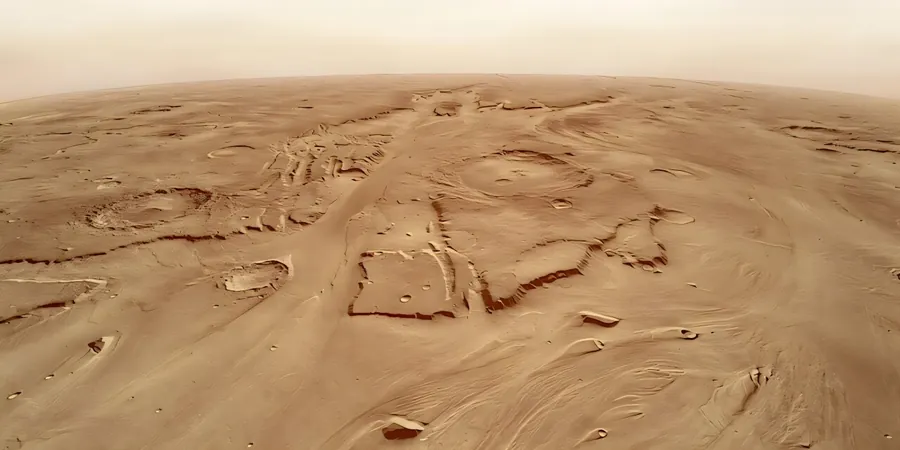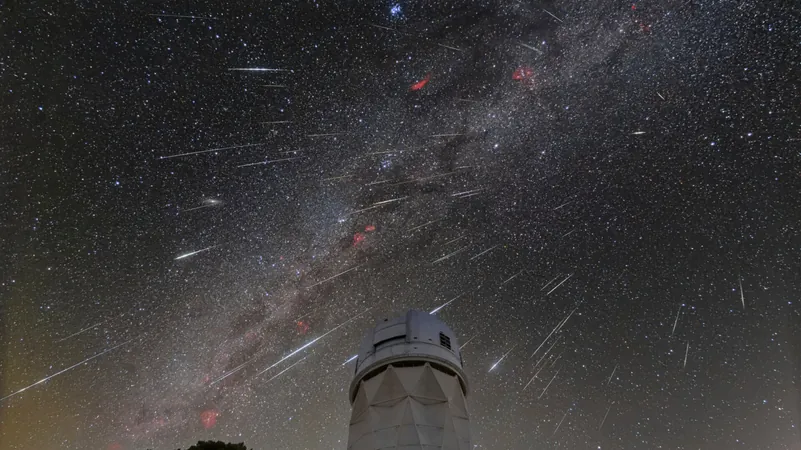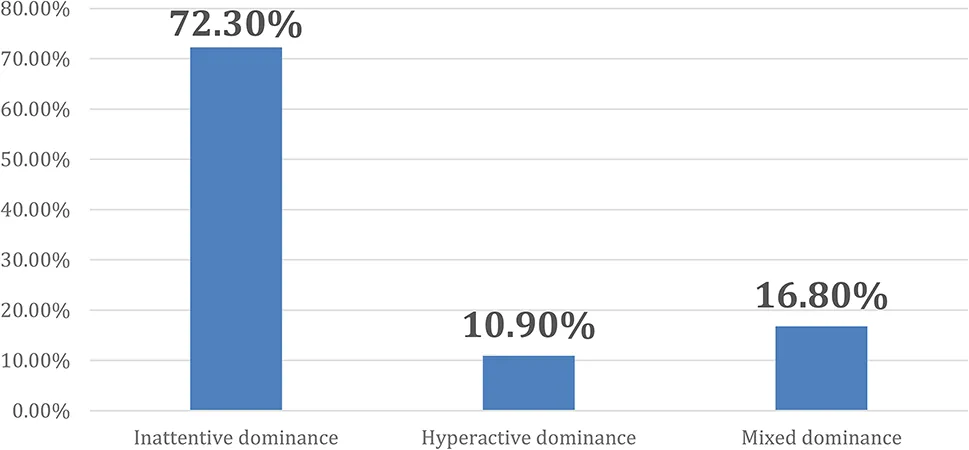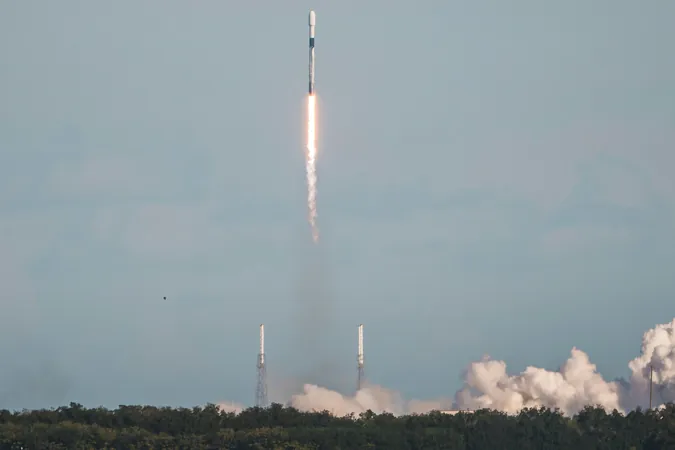
Groundbreaking Discovery: Ancient Martian Crystal Confirms Water Existence 4.45 Billion Years Ago!
2024-11-25
Author: William
Groundbreaking Discovery: Ancient Martian Crystal Confirms Water Existence 4.45 Billion Years Ago!
A new scientific revelation is stirring excitement in the realm of planetary exploration: a 4.45 billion-year-old zircon crystal from Mars has unveiled that water was present on the Red Planet from its very inception. This finding has significant implications for our understanding of Mars' early climate and its potential for supporting life.
The Quest for Martian Water
Determining when, where, and for how long water existed on Mars is crucial for unravelling the planet’s history and assessing its habitability. Researchers have focused on the mineral zircon found in a Martian meteorite, yielding groundbreaking results published in Science Advances. The evidence points to the presence of water during the formation of the zircon crystal, specifically 4.45 billion years ago—potentially the oldest indication of water on Mars.
Mars, similar to Earth, formed around 4.5 billion years ago and carries a distinct geological timeline divided into four major periods. This intricate timeline includes the Amazonian (up to 3 billion years ago), Hesperian (3 to 3.7 billion years ago), Noachian (3.7 to 4.1 billion years ago), and Pre-Noachian (4.1 billion to 4.5 billion years ago).
Water was first identified on Mars in the 1970s by NASA’s Mariner 9 spacecraft, which captured striking images of river valleys. Subsequent missions revealed hydrated clay minerals indicating Mars’ wet past, predominantly in the ancient Noachian terrains, which cover about 45% of the Martian surface. More recent findings show geological features that suggest transient water presence, shedding light on the complexities of Mars' climate changes over billions of years.
Evidence from Meteorites
The exploration of Martian meteorites that have landed on Earth offers a rare glimpse into Mars' early conditions. Among these meteorites, NWA7034, famously dubbed "Black Beauty," stands out. Comprising Martian regolith dating back to 4.48 billion to 4.43 billion years, this meteorite provides pivotal evidence of the early Martian environment.
In a remarkable breakthrough, researchers detected indications of hydrothermal activity—suggesting that hot water played a role when the zircon formed. The crystal displayed patterns of iron, aluminum, and sodium layered within it, akin to an onion's structure, hinting at the influence of hot water systems. This finding parallels occurrences on Earth, where hydrothermal fluids can lead to rich ore deposits, significantly contributing to our knowledge of geological processes.
Implications for Habitability
The implications of these findings extend to theories surrounding Mars' habitability. Previous studies had proposed that Mars might have had a wet environment during its Pre-Noachian period, with some even suggesting a global ocean existed 4.45 billion years ago. If intact, such an atmosphere could have created the necessary conditions for sustaining life.
Our research underscores that magmatic hydrothermal systems, which were once thought to be exclusive to Earth, were likely active in shaping the Martian crust, indicating water’s early involvement in geological processes. Although it remains uncertain whether surface water was stable, the evidence strongly indicates that Mars had water shortly after its formation—an essential criterion for habitability.
The exploration of Mars continues, with missions like the Perseverance rover currently examining the planet for signs of ancient life and habitability. The discovery of ancient water on Mars not only enriches our understanding of its geological history but also fuels hopes of uncovering the mysteries of life beyond Earth. Scientists are now more optimistic than ever about the prospect of future discoveries revealing further layers of Mars’ watery past. Stay tuned for what’s next in Martian exploration!









 Brasil (PT)
Brasil (PT)
 Canada (EN)
Canada (EN)
 Chile (ES)
Chile (ES)
 España (ES)
España (ES)
 France (FR)
France (FR)
 Hong Kong (EN)
Hong Kong (EN)
 Italia (IT)
Italia (IT)
 日本 (JA)
日本 (JA)
 Magyarország (HU)
Magyarország (HU)
 Norge (NO)
Norge (NO)
 Polska (PL)
Polska (PL)
 Schweiz (DE)
Schweiz (DE)
 Singapore (EN)
Singapore (EN)
 Sverige (SV)
Sverige (SV)
 Suomi (FI)
Suomi (FI)
 Türkiye (TR)
Türkiye (TR)